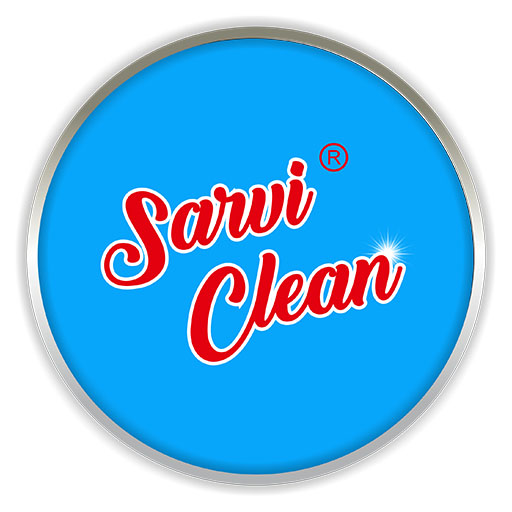Maintaining cleanliness is essential for a healthy and hygienic environment. Whether it’s a residential, commercial, or industrial space, cleaning chemicals play a crucial role in achieving cleanliness and maintaining hygiene standards. However, the use of cleaning chemicals can pose potential risks if not handled and managed properly. This comprehensive safety guide aims to provide valuable insights into managing cleaning chemicals effectively and ensuring the safety of everyone involved.
Selecting the Right Cleaning Chemicals:
The first step in managing cleaning chemicals safely is selecting the right products for the task at hand. Consider factors such as the type of surface to be cleaned, the nature of the dirt or stain, and any specific cleaning requirements. Read the labels carefully and choose products that are suitable for the intended purpose. Opt for environmentally friendly options whenever possible to minimize the impact on both human health and the environment.
Proper Storage:
Storage of cleaning chemicals is crucial to prevent accidents and minimize the risk of exposure. Always store chemicals in their original containers and ensure that they are tightly sealed to prevent leakage. Keep them in a well-ventilated area away from direct sunlight, heat sources, and incompatible substances. Properly label all containers, including information about the contents, hazard warnings, and storage instructions. Store chemicals out of reach of children and unauthorized personnel.
Handling and Mixing:
When handling cleaning chemicals, it is essential to follow proper safety procedures. Wear appropriate personal protective equipment (PPE), such as gloves, goggles, and aprons, to protect yourself from potential hazards. Avoid mixing different chemicals unless explicitly instructed by the manufacturer, as this can lead to dangerous reactions or produce toxic fumes. Always add chemicals to water and not the other way around to prevent splashing or spilling.
Dilution and Dispensing:
Proper dilution of cleaning chemicals is crucial to ensure their effectiveness and safety. Follow the manufacturer’s instructions for dilution ratios and use measuring devices, such as graduated containers or dispensing systems, to achieve accurate dilution. Avoid over- or under-diluting as it can compromise the cleaning process or cause damage. When dispensing chemicals, use appropriate equipment, such as spray bottles or pump systems, and ensure they are clean and in good working condition.
Training and Education:
Providing adequate training and education to cleaning staff is essential for safe chemical management. Educate them about the potential hazards associated with specific chemicals, proper handling procedures, and emergency protocols. Train them on the correct use of PPE and the importance of following safety guidelines. Regularly update staff on new products, safety procedures, and best practices to ensure their knowledge is up to date.
Emergency Preparedness:
Despite all precautions, accidents can happen. It is crucial to have an emergency preparedness plan in place to deal with chemical spills, exposure, or other accidents. Clearly communicate emergency procedures and ensure that appropriate safety equipment, such as spill kits and eyewash stations, are readily available. Train staff on how to respond to emergencies and provide them with the necessary contact information for poison control centers or emergency medical services.
Disposal and Waste Management:
Proper disposal of cleaning chemicals is essential to protect the environment. Follow local regulations and guidelines for the disposal of hazardous waste. Do not pour chemicals down the drain or throw them in regular trash bins. Consider recycling options or contact specialized waste disposal companies to handle hazardous waste appropriately.
In conclusion, managing cleaning chemicals safely is crucial for the well-being of both cleaning staff and the environment. By selecting the right chemicals, storing them properly, following safe handling procedures, providing training and being prepared for emergencies, the risks associated with cleaning chemicals can be minimized. By implementing these safety measures, we can maintain a clean and healthy environment without compromising on safety. Remember, safety should always be the top priority when working with cleaning chemicals.





